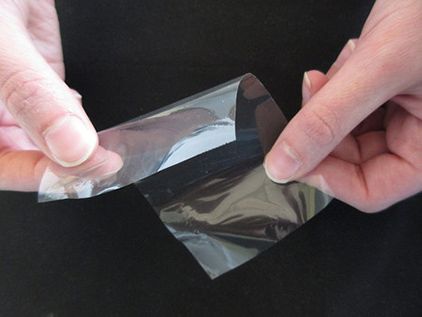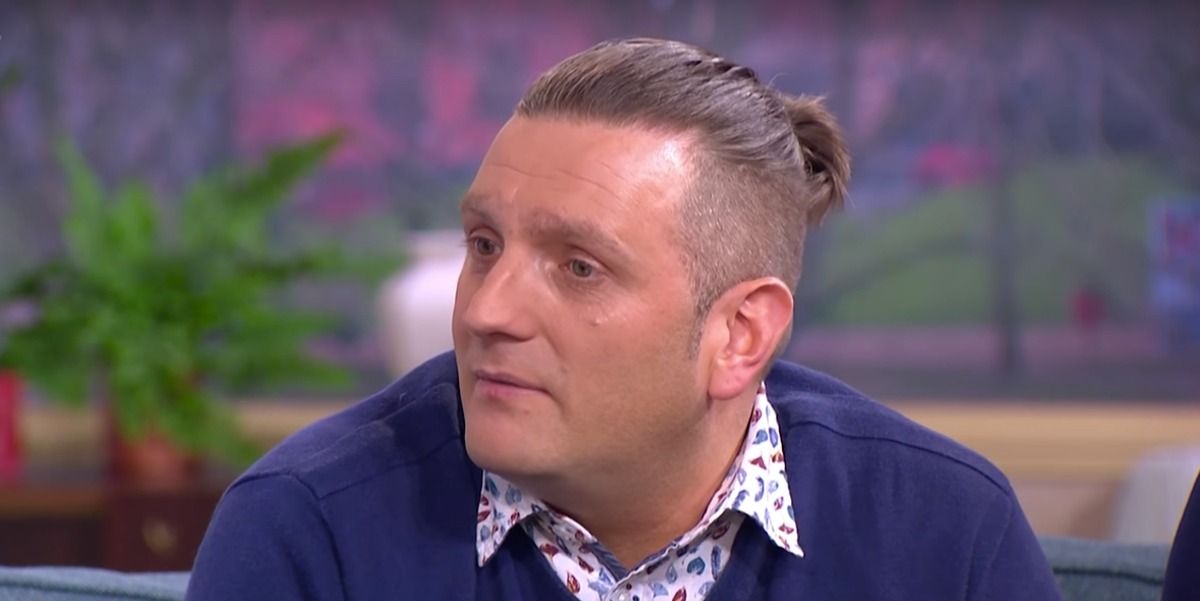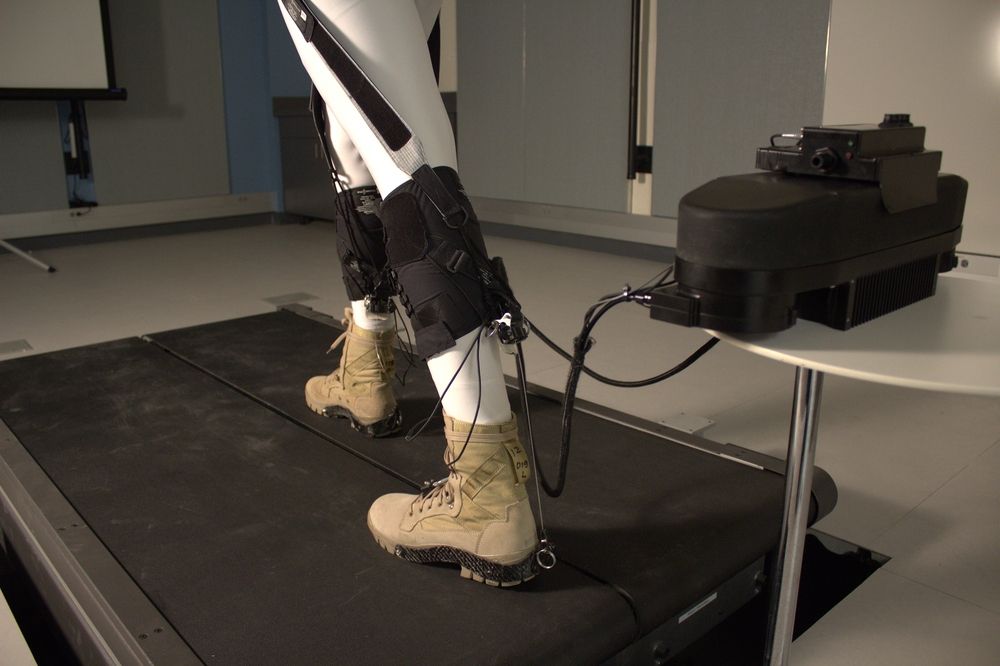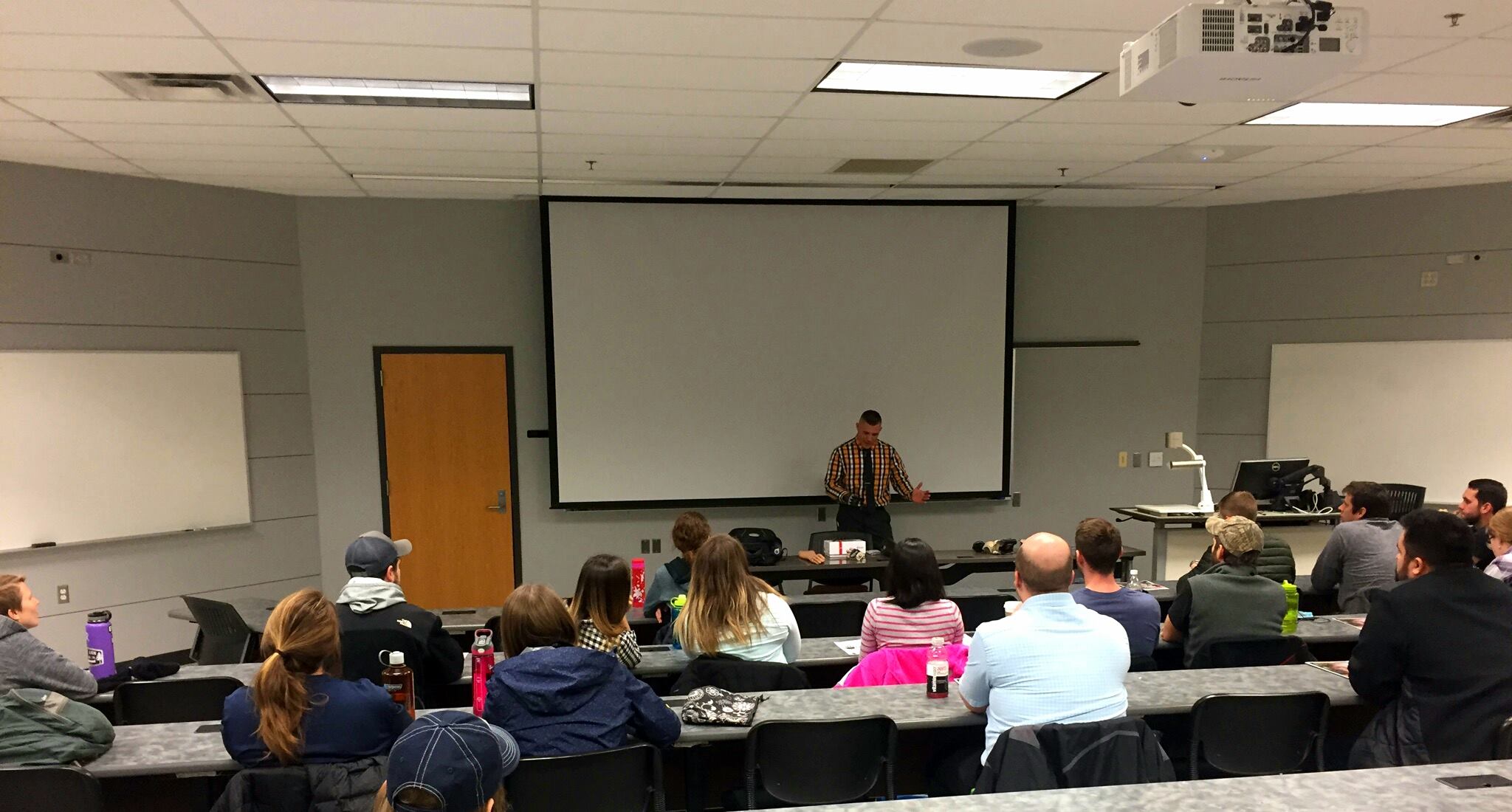
Researchers at the California Institute of Technology (Caltech) and the Swiss Federal Institute of Technology have developed a material that can sense changes in temperature with more sensitivity than human skin. The team discovered that flexible films made from pectin demonstrate an electrical response, caused by the release of calcium ions, following very small changes in temperature. Increased temperature causes the pectin molecules to “unzip”, allowing the release and movement of calcium ions.
Published in Science Robotics, this study looked to nature to find biological examples of similar temperature sensitivity. The researchers reported that specialized structures in pit viper snakes could sense similarly tiny changes in temperature, based on the release of calcium ions. Pit viper snakes use these structures to sense the bodily warmth of their prey when hunting at night. The team could replicate this using the artificial film by heating a stuffed toy to 37°C (mammalian body temperature) and placing it in front of the film. The film was able to sense the teddy bear from a meter away within 20 seconds.
Easy to fabricate and inexpensive, these films could be of great benefit for use in smart prostheses, providing an additional sense for disabled folks. In fact, given that the films can respond to temperature more sensitively than human tissues, it could even be akin to a “super sense”. Other potential biomedical applications include smart bandages that can measure and report on changes in temperature as a sign of wound infection.







